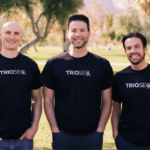Curious about on-page SEO?
Whether you’re an established professional, a budding digital marketer, or an enterprising business owner, this guide simplifies on-page SEO.
Let’s dive into the topic and everything it has to offer.
What is On-page SEO?
To start on the right foot, let’s first clarify what on-page SEO means.
Simply, it pertains to all actions taken directly on website pages to improve its position in search rankings.
Some of the most common elements include optimizing the content, enhancing meta descriptions and title tags, using proper URL structures, and ensuring user-friendly navigation.
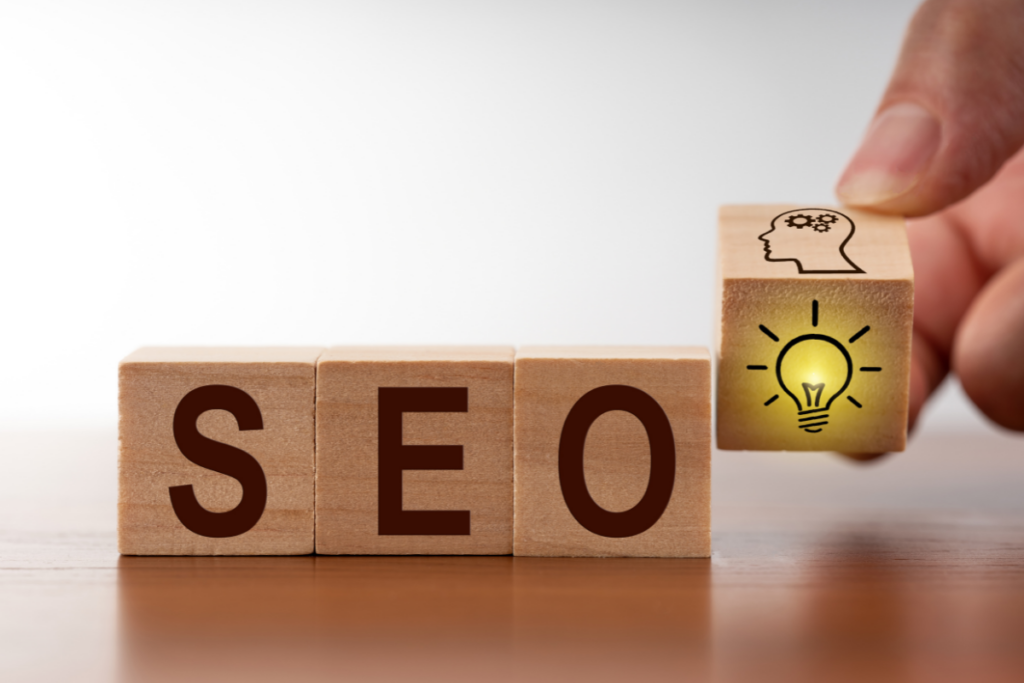
Elements of On-page SEO
The on-page optimizations involve dealing with a broad range of aspects, such as:
- Title Tags: A title tag specifies the theme or topic of your web page content. It’s displayed on search engine results pages (SERPs) as the clickable headline for a result.
- Meta Descriptions: This refers to HTML attributes that provide concise summaries of web pages, and they play an essential role in gaining user click-throughs from SERPs.
- Header Tags: These differentiate a page’s headings (H1) and subheadings (H2-H6) from other text content.
- Content Quality: Creating high-quality, engaging content is crucial for attracting visitors and making them stay longer.
- Keyword Usage & Density: Properly utilizing keywords throughout your content – primarily near the beginning – can help search engines discern its subject matter.
- Image Optimization: Adding alt text can help search engine crawlers better understand image context, which contributes towards improved indexing.
- Internal Links: By linking relevant articles within your website, you encourage readers to explore more topics and spend more time aiding in Google’s understanding of the site’s structure.
- User Experience (UX): Logical layout, easy navigation, and fast site speeds enhance UX, which is significant in Google’s ranking factors today.
Grasping every facet of the process enables you to apply on-page SEO techniques with strategy rather than just using traditional practices without understanding their effects.
On-page SEO best practices balance users’ needs and search engine criteria. Always prioritize excellent user experience and relevance in your on-page SEO efforts.
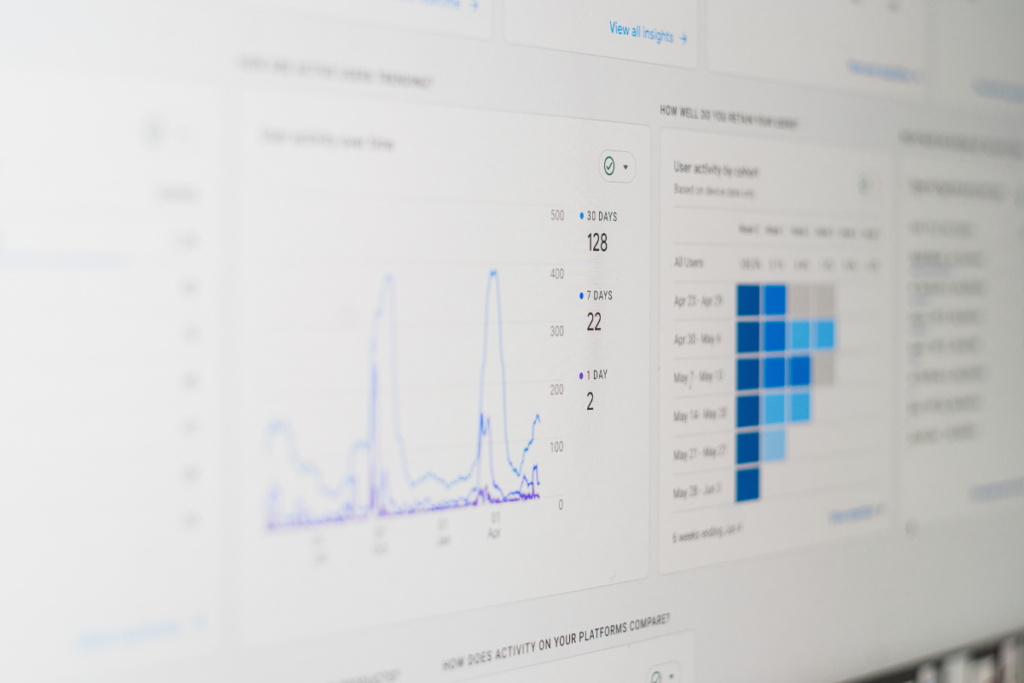
Why is On-page SEO Important?
Steering into the pivotal aspect of our discussion, let’s delineate why on-page SEO holds such significance.
Primarily, on-page SEO is crucial as it empowers search engines to comprehend your website and its content better.
Moving further along, not only do on-page SEO best practices aid in increasing your site’s visibility, but they also improve readability.
Let’s dive deeper into these benefits:
- Higher Visibility & Traffic: Applying well-planned on-page SEO techniques increases your website’s chances of appearing high on the Search Engine Results Page (SERPs) and attracting more organic traffic.
- Improved Readability: A well-optimized website with clear headings, concise paragraphs, and optimized UX improves reading experience for potential customers visiting your webpage.
- Equip Search Engines with Essential Information: By implementing appropriate meta data and keywords effectively throughout your content, you enable search engine bots to understand what each page covers precisely.
- Better Conversion Rates: With enhanced readability comes higher engagement rates, which could dramatically increase leads or sales.
On-page SEO should be the cornerstone of enhancing a website’s visibility and usability.
On-page SEO Best Practices & Techniques
Let’s delve into some on-page SEO best practices:
Ensure Your Title Has an H1 Tag
One fundamental on-page SEO factor involves the proper use of HTML tags.
The title should be reserved for your H1 tag, making it recognizable as the main headline in your content hierarchy. This H1 tag makes your text more accessible to web users and search engines. Never repeat an H1 tag on a page.
Add the Current Year to Your Title
Including the current year in your title can significantly impact click-through rates, especially if you’re writing about topics subject to change or development like “on-page SEO process.” This technique emphasizes your content’s up-to-date and relevant nature, enticing users to choose your webpage over outdated resources.
Use H2-H6 Headings in Content
Search engines scan headings to understand your content better. Distributing H2-H6 subheadings within your content helps them categorize information accurately. Moreover, it also enhances readability by breaking down chunks of text into manageable sections, thereby improving user experience.

Write Keyword Rich Meta Descriptions
Meta descriptions offer brief insights about content before users click. Create compact summaries with target keywords to enhance visibility during related searches. However, ensure they sound natural and genuinely represent what’s on the page.
Align Content to Search Intent
Knowing what users seek when entering specific terms helps you craft suitable content. Aligning your content with search intent boosts the likelihood of achieving higher rankings.
Use Your Target Keyword in the First 100 Words
Incorporating target keywords early implies relevancy towards particular searches. Ideally, include this keyword within the initial 100 words without sounding forced.
Prioritize Content Above The Fold
“Above the fold” refers to what visitors see without scrolling upon arriving at any webpage—your site’s most valuable real estate! Position key points here for immediate visitor engagement.
Balance Keywords Throughout Content
While using keywords is crucial for digital recognition, balance is vital. Avoid “keyword stuffing”—search engines may interpret an overdose as spam, which could hurt ranking performance instead of boosting it.
Prioritize User Experience (UX) in SEO
A simple webpage layout isn’t just visually pleasing—it’s also vital for effective on-page optimizations! Improved site usability through design and navigation enhances organic traffic, reduces bounce rates, and boosts visitor conversions.
Optimize Your URL
URL simplification benefits both humans and robots! Shorter URLs rank better in SERPs while giving potential visitors an anticipatory glimpse into corresponding content.
Use Branded Images
Brand images distinguish you from competitors while boosting brand recall—two significant advantages!
Optimize Images
Optimizing images involves improving their direct visibility with relevant labels (Alt Text) and enhancing loading speed by reducing file size. Both are crucial for a comprehensive image optimization strategy that boosts site performance.
Internal and External Linking
Remember the importance of internal linking—it offers navigation support by connecting various site sections, ensuring smoother user experiences and aiding efficient search engine indexing.
Additionally, enrich content with outbound links to reputable external sites, which signals trustworthiness to search engine crawlers, boosting domain authority and visibility.

On-page SEO Checklist
Moving into the practical terrain of on-page SEO demands, let’s review an accessible checklist.
- Title with H1 Tag: Your main title must use an H1 tag and include your target keyword naturally.
- Year in Title: Refreshing content is vital for search engines; adding the current year to your title suggests recent credibility.
- H2-H6 Headings Usage: Using subheadings makes your content more readable and preferred by search engines.
- Keyword-Rich Meta Descriptions: Ensure you include relevant keywords in meta descriptions without forcefully stuffing them.
- Content Aligned With Search Intent: Aligning your page SEO process with the searcher’s intent boosts relevance—search engines love this!
- Target Keyword in First 100 Words: Sprinkle your main keyword within the first few lines to show its importance.
- Prioritize Above The Fold Content: Key points should be placed ‘above the fold’ as attention is mainly focused initially.
- Balance Keywords throughout Content: Aside from emphasizing keywords at the beginning, distribute them evenly throughout the text.
- User Experience (UX) consideration: Always oversee the user-friendliness of the site’s design and navigation—the essence of UX-driven SEO best practices!
- Optimized URL Strategy: Ensuring clear, concise URLs featuring keywords significantly accentuates on-page SEO factors.
- Use Branded Images: Images branded with company logos or watermarks build authenticity markers for recognition and trustworthiness.
- Alt Text to Images: Include alternative text in images so crawlers can comprehend them effectively—a critical aspect!
- Internal Linking Strategy: Internal links encourage users and search engines to explore your website!
Follow these essential steps for practical on-page SEO. By executing them carefully, you’ll maximize the results of your efforts to improve your webpage visibility.

Frequently Asked Questions
Let’s address some of your potential questions regarding on-page SEO.
What is an Example of On-page SEO?
Suppose you run a travel blog that focuses on European destinations. One aspect of your on-page SEO is refining the content for each page.
Hence, it aligns better with relevant keywords such as “Best places to visit in Italy” or “Affordable French cuisine.” This action would include optimizing meta descriptions, HTML tags (title, header), and including high-quality images with well-thought-out alt texts.
Remember, all these modifications occur directly on your site (on- the page) rather than through external measures like backlinking – hence the term “on-page” SEO.
Is On-Site and On-page SEO The Same?
There’s a subtle distinction between ‘on-site’ and ‘on-page’ SEO.
While both focus on improving elements within your website for better search engine rankings, on-page SEO concentrates specifically on individual webpage optimization — keywords within content and title tags, URL structure, and meta descriptions are a few components that fall into the scope of on-page optimizations.
On the other hand, ‘on-site’ SEO looks at broader aspects encompassing all parts of your website. Think about indexability issues, XML sitemap status, redundancy errors, or creating a coherent site architecture.

Is On-page SEO Enough for Improving Rankings?
Robust on-page SEO practices are essential for improving SERP performance. However, achieving high rankings is just one aspect of the field.
To truly excel, you need powerful off-page strategies, which include earning valuable backlinks from authoritative sites and engaging in social media marketing efforts.
Additionally, technical elements such as mobile-friendliness and schema markup are fine (to name a few).
While on-page strategies form the foundation for driving organic traffic, top SERP positions often require a holistic approach integrating various digital marketing disciplines.
Conclusion
Let’s round off our discussion on on-page SEO. It’s clear that to rank well and ensure a seamless experience for your visitors, on-page SEO is essential.
We’ve gone through some effective tactics: optimizing titles, crafting impactful meta descriptions, and exploring voice search. Remember, SEO isn’t static; it demands regular updates and tweaks.
While on-page SEO is fundamental, it’s part of a larger strategy. Pair it with solid off-page efforts for best results.
The key points?
Prioritize high-quality content, strategic keyword placement, proper HTML tags, and efficient visuals.
As we conclude, take these insights and do your best. Cheers!


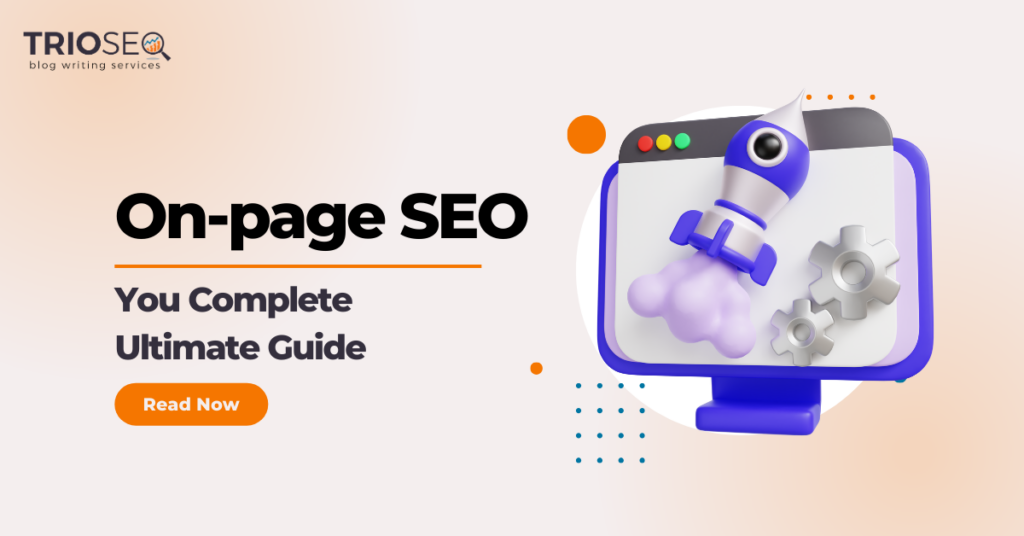

![Featured Image - Mental Health Content Writing [Best Practices and Ethical Considerations]](https://trioseo.com/wp-content/uploads/2024/05/Mental-Health-Content-Writing-Best-Practices-and-Ethical-Considerations-300x157.png)
![Featured Image - Beginner’s Guide to CBD Content Writing [Tips Included]](https://trioseo.com/wp-content/uploads/2024/05/Beginners-Guide-to-CBD-Content-Writing-Tips-Included-300x157.png)
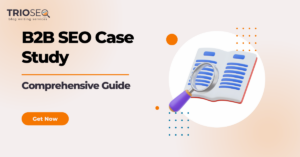
![Featured Image - [Ultimate Guide] SEO For Tech Companies That Outranks Competitors](https://trioseo.com/wp-content/uploads/2024/04/Ultimate-Guide-SEO-For-Tech-Companies-That-Outranks-Competitors-300x157.png)
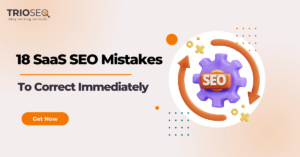
![Featured Image - B2B SaaS SEO - Ultimate Guide [Strategy Included]](https://trioseo.com/wp-content/uploads/2024/04/B2B-SaaS-SEO-Ultimate-Guide-Strategy-Included-300x157.png)

